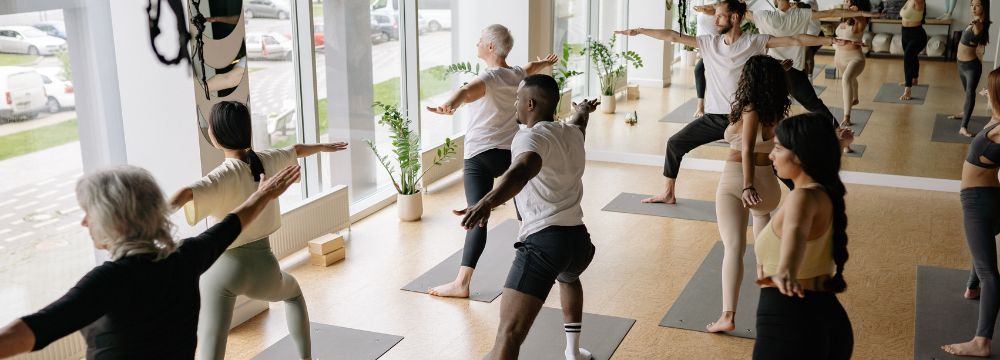After Bariatric Surgery
With bariatric surgery being such a huge decision, the immediate postoperative period can be daunting. Many patients need guidance with the best exercise for maximum weight loss. So, let’s jump right into what exercises you should be performing and why.
Early Recovery
In the early days and weeks after bariatric surgery, you will be on a severely restricted diet. You will likely not want to do any significant exercise even if you’re very excited about the prospects of your weight loss surgery results. Further, as your wounds and stomach heal, you will be limited in what you can lift and do. You must adhere to these limitations to reduce the likelihood of complications after surgery. During the first couple weeks after the procedure, it’s essential that you do not submerge your body in water, so swimming is not appropriate.
Similarly, your wounds need to heal, so lifting weights should be avoided. Instead, during this time, let the significant caloric restriction do its job while you walk as much as you can within the bounds of your abilities. Initially, you may only be able to walk for a few minutes daily, but you’ll likely find that you can turbocharge your walking in the subsequent days and weeks.
Exercise Later in Recovery
After about 6 to 8 weeks, you’ll likely be cleared for the next phase of your exercise program. At this point, you will have more leeway in the exercises you can perform. This is when many patients feel a lot more energy and motivation and want to push themselves. This is fantastic, but as with anything new, it’s important to moderate. Now, you’ll want to start your strength training routine, which is essential for building muscle and maintaining long-term caloric burn even at rest. Going to the gym or having a home set up is equally beneficial, but no matter how you perform your strength training, start and ramp up slowly. Too much, too fast, can lead to injury and a loss of critical exercise time and motivation. Even a mild injury like a pulled muscle can take weeks to recover.
Swimming is an excellent full-body workout combining cardio and strength training. This is especially beneficial because it is a no-impact exercise. Any excess weight you still carry will not damage your joints or overstrain your muscles, making you less likely to get injured. Of course, a slow ramp-up is essential even with swimming, so don’t push yourself too hard. Set reasonable goals and milestones that you can hit and celebrate along the way.
At this point, many patients wish to push themselves with more intense cardio, including running. While we don’t actively discourage running, paying attention to your joints is important. Remember that you may have been suffering from osteoarthritis, a degradation of the joints, especially in the knees and hips, due to excess weight. Even if you are not feeling pain, it’s important to minimize impact, so try running on grass or sand where possible rather than hard surfaces like concrete or asphalt.
The Bottom Line
Ultimately, the best exercises are the ones you enjoy and can continue day in and day out. You must balance your cardio with strength training and go slow at first to reduce the risk of injury. As you ramp up, you can try new and exciting exercises, but again, always within the bounds of your abilities. If you ever feel pain, stop and drop the intensity somewhat to ensure you don’t get hurt. And, of course, feel free to contact us with any questions you may have about your exercise program.










